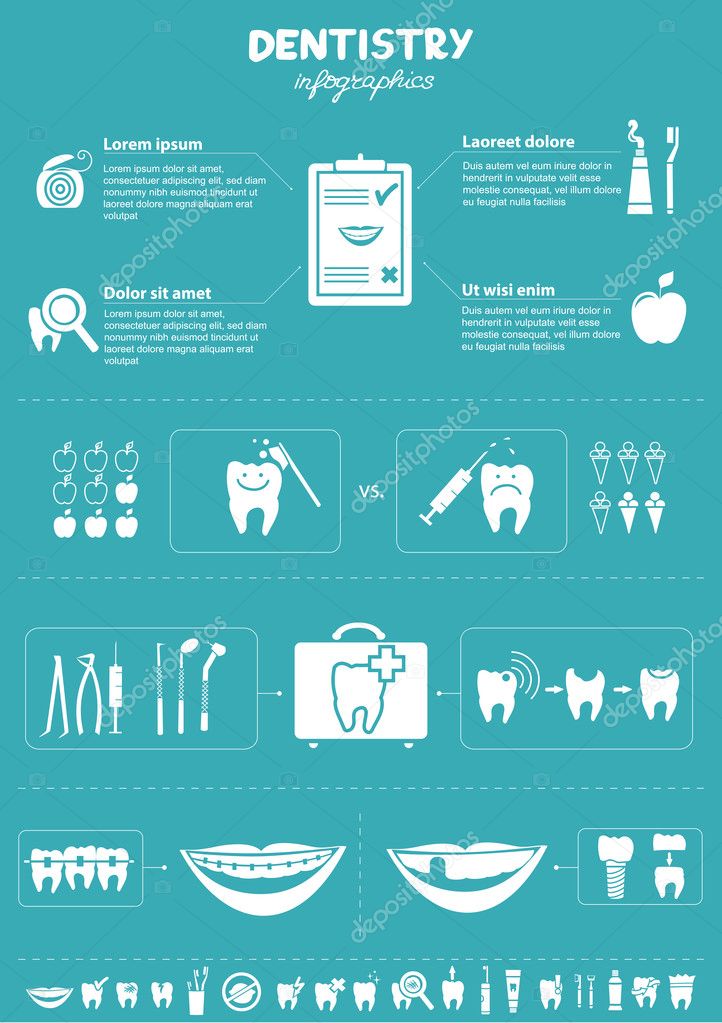Be Gotten Ready For Unanticipated Oral Emergencies By Identifying The Indications Of Trauma And Understanding When To Seek Urgent Care
Be Gotten Ready For Unanticipated Oral Emergencies By Identifying The Indications Of Trauma And Understanding When To Seek Urgent Care
Blog Article
Web Content Written By-Vazquez Cantrell
If you really feel a sudden jolt of pain or observe a tooth injury, it can be upsetting. Yet just how do you figure out if it's an oral emergency that requires immediate interest? Understanding the essential indications and understanding when to look for help can make all the difference in preserving your dental health. Knowing when to act swiftly could indicate the distinction between a quick fix and much more extensive therapy.
Common Types of Dental Injury
What're the typical kinds of oral injury that you should understand?
Crashes can take place, leading to different types of oral injuries. One common sort of dental injury is a broken tooth. This can happen from biting down on something difficult or experiencing a strike to the face.
One more kind is a broken tooth, where a part of the tooth can chip off. In addition, you may experience a knocked-out tooth, which can occur throughout sports or drops. It's vital to handle the tooth very carefully and seek instant dental attention.
Oral injury can also involve a tooth that has been pushed out of position or loosened up due to an injury. This kind of injury needs timely treatment to save the tooth.
Finally, soft cells injuries in the mouth, such as cuts, can additionally take place from accidents. Learning about these common types of dental injury can help you act quickly and suitably in case of an emergency situation.
Indicators of Dental Emergency Situations
Identifying the signs of dental emergencies is critical for timely action and proper therapy. If you experience severe tooth discomfort that's constant and throbbing, it could suggest a hidden problem that calls for prompt interest.
Swelling in the periodontals, face, or jaw can also be a sign of an oral emergency, especially if it's accompanied by discomfort or high temperature. Any sort of trauma to the mouth leading to a broken, broken, or knocked-out tooth ought to be treated as an emergency to prevent further damage and prospective infection.
Bleeding from the mouth that does not stop after applying pressure for a couple of minutes is an additional red flag that you need to seek emergency dental care. In https://www.barrons.com/articles/invisalign-maker-align-technology-stock-slumps-after-slashing-earnings-guidance-51564004926 , if you notice any type of signs of infection such as pus, a nasty taste in your mouth, or a fever, it's vital to see a dental practitioner immediately.
Neglecting these signs can cause much more major difficulties, so it's essential to act promptly when confronted with a possible dental emergency situation.
Importance of Immediate Treatment
Motivate action and instant therapy are vital in addressing dental emergencies to stop additional complications and make certain optimum outcomes for your oral health and wellness.
When faced with a dental emergency, such as a knocked-out tooth or extreme toothache, seeking immediate treatment can make a substantial difference in conserving your tooth and relieving discomfort. Delaying treatment can cause infection, enhanced discomfort, and also long-term damage to your teeth and gum tissues.
By seeking emergency situation dental treatment without delay, you increase the opportunities of effective therapy and remediation. Dentists have the needed skills and devices to deal with emergencies properly, decreasing the danger of lasting consequences.
Furthermore, prompt treatment can aid take care of discomfort and pain, allowing you to resume your everyday activities without disturbance.
Verdict
In conclusion, understanding oral trauma and recognizing when to seek emergency treatment is critical for maintaining oral wellness.
By identifying typical types of oral injuries and the indications of oral emergency situations, you can ensure prompt care to avoid additional damage and complications.
Keep in how to pull out a tooth , seeking instant therapy can conserve teeth, reduce discomfort, and increase the possibilities of effective healing.
Do not be reluctant to seek aid from an oral specialist if you experience any indicators of oral injury.
